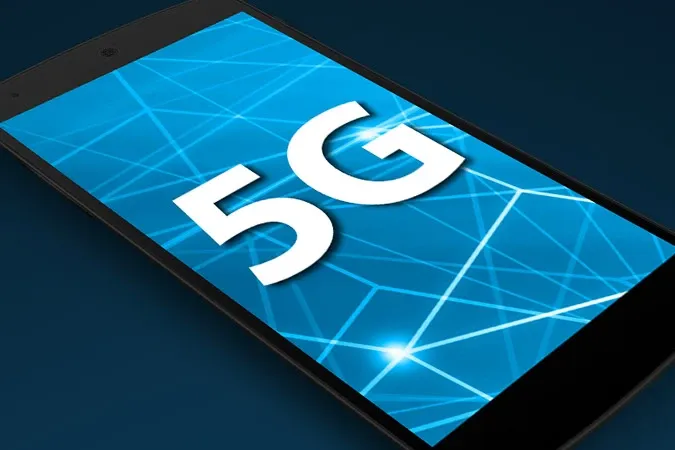Orange and Ericsson Deploy 5G Network for Madrid Public Safety
In a collaboration for the Madrid Council, Orange and Ericsson are equipping the city’s public and emergency services with advanced connectivity.

Qualcomm said it has produced a breakthrough in antennas for smartphones that means fifth generation, or 5G, services can be rolled out as planned, according to Bloomberg.
Current phone antennas aren’t capable of tapping higher frequency radio bands that will allow the new services and devices to deliver a flood of information. Qualcomm said it has manufactured the first antenna module that will access millimeter wave signals. The company has provided production samples to customers and expects phones with the chips to hit the market early in 2019.
Qualcomm is trying to eliminate technical barriers to the commercial introduction of 5G as quickly as it can. The company is aiming to replicate its success in previous generations of wireless service when it forged a lead over rivals and grabbed the majority of orders for key components in phones, boosting earnings and profit.
Previous versions of cellular services haven’t used high frequencies because of the technical difficulties associated with that area of the radio spectrum, which is prone to interference and struggles to convey information over distance. In order for 5G to deliver a noticeable increase in the speed of data delivery, one of its key promises, those issues need to be solved.
Technologies such as beam forming, concentrating a signal in the direction of only the device that’s receiving the information rather than broadcasting, are being implemented. For consumers, if the new gear lives up to its promise, future smartphones will be able access data at speeds far in excess of what’s currently available over fixed-line home internet.